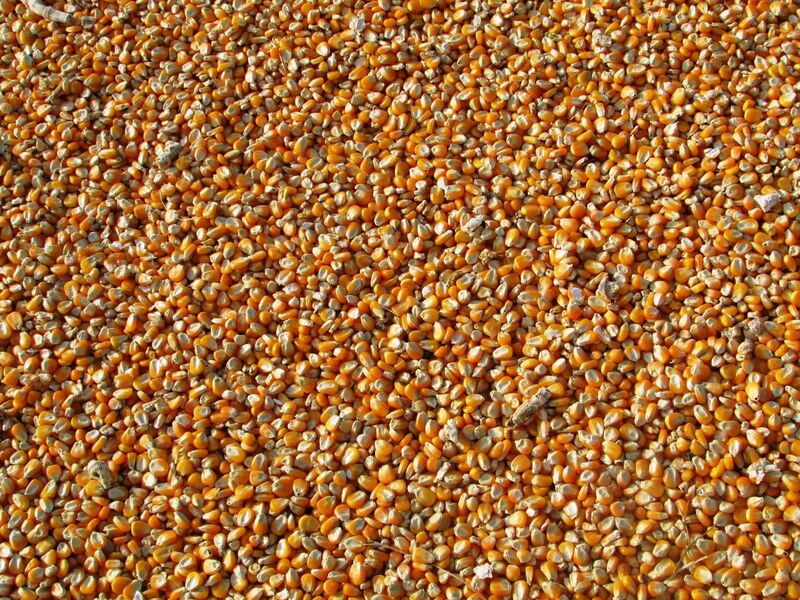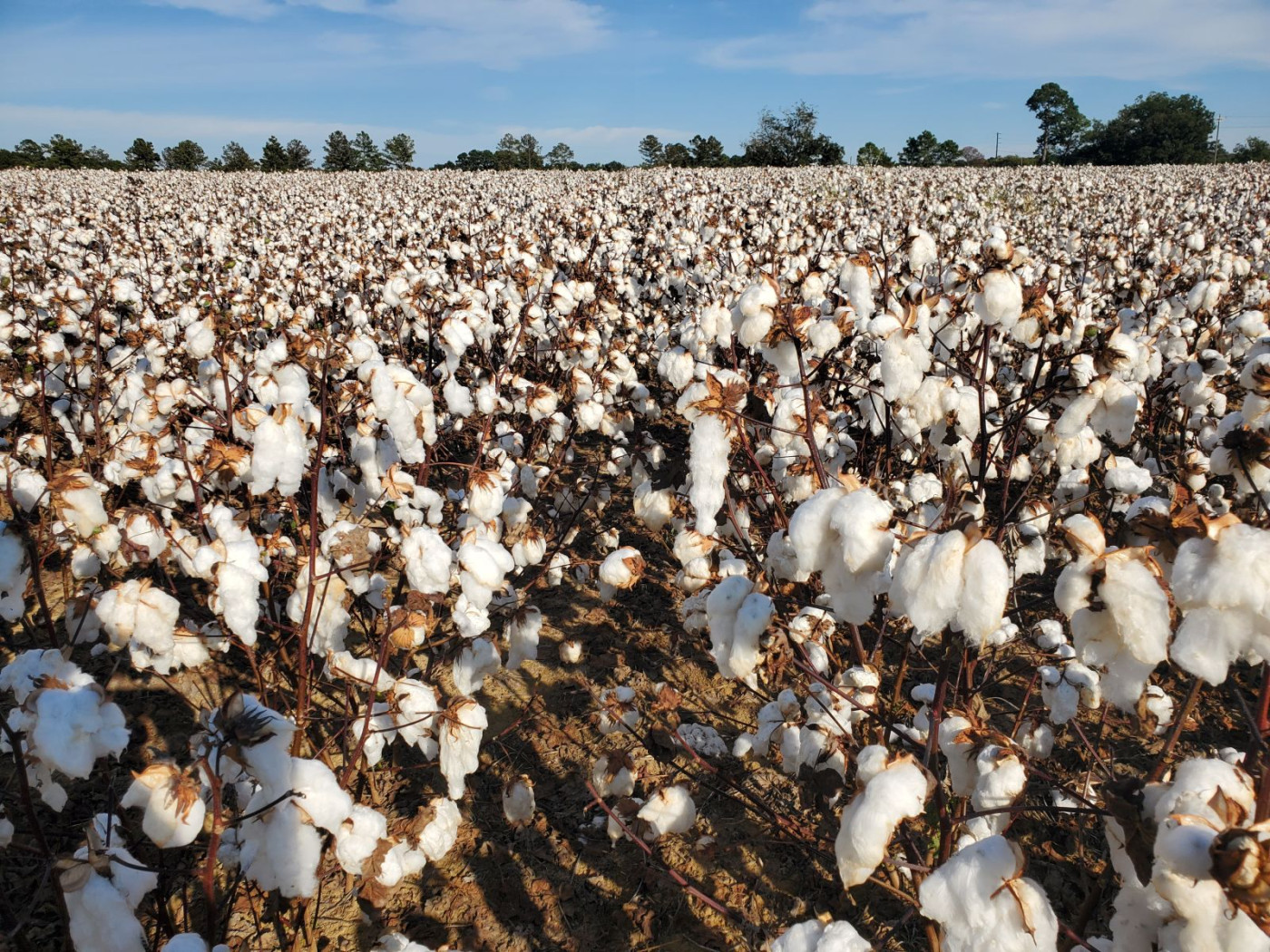- When it comes to production agriculture, the bottom has been and will continue to be cash price, a value taking into account both futures price and basis.
- However, an understanding of basis, the relationship between futures and cash markets, and its history remains a key read on real fundamentals.
- Also, by tracking basis we can also see when market bubbles start to form, something not easily done in markets lacking a read on intrinsic value.
I saw on social media where a grain merchandising company posted the idea basis doesn’t matter. I understand what it was saying. Grain producers can’t get caught up in the day-to-day fractional swings of basis markets, but rather need to stay focused on the big picture of cash price. That’s why I spend so much time talking about National Cash Indexes, the intrinsic value of markets, because it is there we can see all the factors of the equation come into play based on the age-old equation of Cash = Futures (+ or -) Basis. That being said, the study and understanding of basis is still important in the grand scheme of things.
First, basis provides us a clear read on market fundamentals. Those of you who have been following my commentary and analysis for any time at all know I have two reads on REAL fundamentals, as opposed to the imaginary kind followed by roughly 99% of the industry.
-
Futures spreads: The price difference between futures contracts of a specific market.
-
In Grains and Softs, this means we have to differentiate between old-crop and new-crop markets.
- A complicated subject of its own given my belief that marketing years don’t really exist.
- In Energies and Metals we focus on forward curves, the plotting of all futures contracts prices on a single line to see the pattern in futures spreads.
- In Livestock, we take every spread as its own market entity (e.g Live Cattle: April-June is a different market than June-August, and so on.
-
In Grains and Softs, this means we have to differentiate between old-crop and new-crop markets.
- Basis: The price difference between cash and futures.
As we’ve seen the past number of months, futures spreads, the traditional defensive position of commercial traders, can be skewed by noncommercial activity. Think about Chicago (SRW) wheat when funds moved from a substantial net-short futures position of 97,200 contracts (week of November 27, 2023) to a net-short of 29,000 contracts the week of February 12, 2024. This took the March-May futures spread from a carry of 16.0 cents and covering a bearish 68% calculated full commercial carry (cfcc) on Tuesday, November 28 to an inverse of 0.5 cent at the close of Tuesday, February 13. Did the SRW wheat market suddenly turn bullish?
In late November 2023, national average SRW wheat basis (National SRW Wheat Index (IWY00) minus nearby Chicago futures) was running well below its previous 5-year low weekly closes. In other words, SRW wheat basis had been and was still bearish. That was still the case in mid-February with my calculation on Tuesday, February 14 at 55.5 cents under March Chicago futures as compared to the previous 5-year low weekly close for that week of 44.5 cents under March. So while futures rallied on noncommercial short-covering, skewing the March-May futures spread, basis remained consistently bearish.
Second, along that same line, there are times when basis is our only read on real fundamentals. Again, I don’t necessarily agree with the concept of marketing years, but nevertheless that is the system in place. Given that, there are times when futures spreads can’t be used because the nearby contract is old-crop and the first deferred is new-crop. While both might be corn (or soybeans, wheat, cotton, etc.), they are different markets with different fundamentals. That means we have to use basis until the old-crop contract goes into delivery leaving us with nothing but new-crop futures spreads.
Another example can be found annually in soybeans, when the two most useless futures contracts known to the industry come into play: August and September soybean futures. There is little to no trade volume or open interest in those two contracts, meaning spreads can easily be skewed by the far heavier traded old-crop July and new-crop November issues[i]. This means that by the time we get to late June, just before the July issue goes into delivery, all we have is basis to guide us. Things get more delivery after first notice day because basis itself can get screwed up as merchandisers use a variety of contracts to set cash price.
Third, basis is our best indicator of when a market bubble is forming. I recently talked about the difficulty of seeing a bubble in US stock markets, but it is much easier in market sectors with reliable reads on intrinsic values through national cash indexes. The classic case can again be found in SRW wheat, occurring back in 2008. There was a buying frenzy in the market, led by noncommercial traders, that pushed nearby Chicago wheat futures to a high near $21.50 during February of that year. At the same time, the National SRW Wheat Index hit a high of $11.86 meaning basis during February 2008 was near $10 cents under. There was clearly a bubble in the market, and by the time December rolled around nearby futures had fallen to a low of about $12.20 while the index plummeted to roughly $3.10. There was more work to be done. Work that would take years, and a new Variable Storage Rate system to sort out.
There is much more to say on the subject, but I’ll save that for another time. Is tracking basis every day necessary for the average producer? Probably not. But you don’t want to lose sight of the basis market’s trends and strength and/or weakness as these are important clues to the overall market’s bullishness or bearishness.
[i] Let’s use Monday’s close to illustrate. July 2024 was showing open interest of 177,855 contracts while November reportedly had 126,594 contracts. At the same time, there were 27,457 contracts of August being held and only 14,345 contracts of September.
More Grain News from
- Beans Working for a Turnaround Tuesday
- Wheat Beginning Lower on Tuesday
- Corn
- Soy Oil Gains Value vs Beans and Meal on Monday
On the date of publication, Darin Newsom did not have (either directly or indirectly) positions in any of the securities mentioned in this article. All information and data in this article is solely for informational purposes. For more information please view the Disclosure Policy here.
Disclaimer: The copyright of this article belongs to the original author. Reposting this article is solely for the purpose of information dissemination and does not constitute any investment advice. If there is any infringement, please contact us immediately. We will make corrections or deletions as necessary. Thank you.







